New Delhi: Prisha Jerath has been in the throes of the exam season for nearly three months. First, she took her Class 12 board exams from February until early April. Then, 40 days later, she was back at it for the Common University Entrance Test or CUET in mid-May. Her scores will determine her future college.
What NEET is for medical college aspirants and JEE is for engineering students, CUET is for the vast majority of applicants to other undergraduate courses. There is a new coaching industry taking shape—the CUET industry. Be it major EdTech companies, UPSC coaching centres, or neighbourhood tuition academies, everyone is testing the CUET waters to see what opportunities it holds for them.
Manuals and cheat-sheets are being sold on the streets. Hole-in-the wall classrooms are doing brisk business. And the big players in the coaching industry—like Physics Wallah, for instance—are setting up CUET classes for anxious parents and board exam-weary teens.
Jerath (18) relied on the sample test papers distributed by her tuition centre for her last-minute CUET revision.
Conducted by the National Testing Agency (NTA), an autonomous body established in 2017 under the Ministry of Education, CUET is the standardised exam that nearly all universities in India recognise. Getting a high CUET score is now the sole entry ticket for admission to most undergraduate programmes across the country. Since 2021, CUET has become what NTA describes as the “single window opportunity” for admission into any central university and other participating institutions—state, private, and deemed universities.
We don’t teach [the syllabus]. If we teach, the students will get bored. We teach them the approach and tricks
— Puneet Sharma of Vidhi Judicial Academy
Although still in its infancy, CUET has joined the ranks of Asia’s competitive college entrance exams, including China’s infamous Gaokao and South Korea’s Suneung. This year, according to NTA, over 13 lakh candidates took the CUET (UG) in a hybrid format for 57.95 lakh subject combinations, spread across eight days.
True to its nature as a rigorous entrance test, CUET has spurred the growth of coaching institutes outside the traditional school system. As with any competitive exam, cram schools for CUET have proliferated. Those in the coaching business only see an upward trend in this untapped market. They are upgrading their syllabus, bolstering their teaching faculty, and building their niche to become the market leader in this domain of the coaching industry.
“We don’t teach [the syllabus]. If we teach, the students will get bored. We teach them the approach and tricks,” said Puneet Sharma of Vidhi Judicial Academy, which has been conducting CUET coaching classes since 2023.
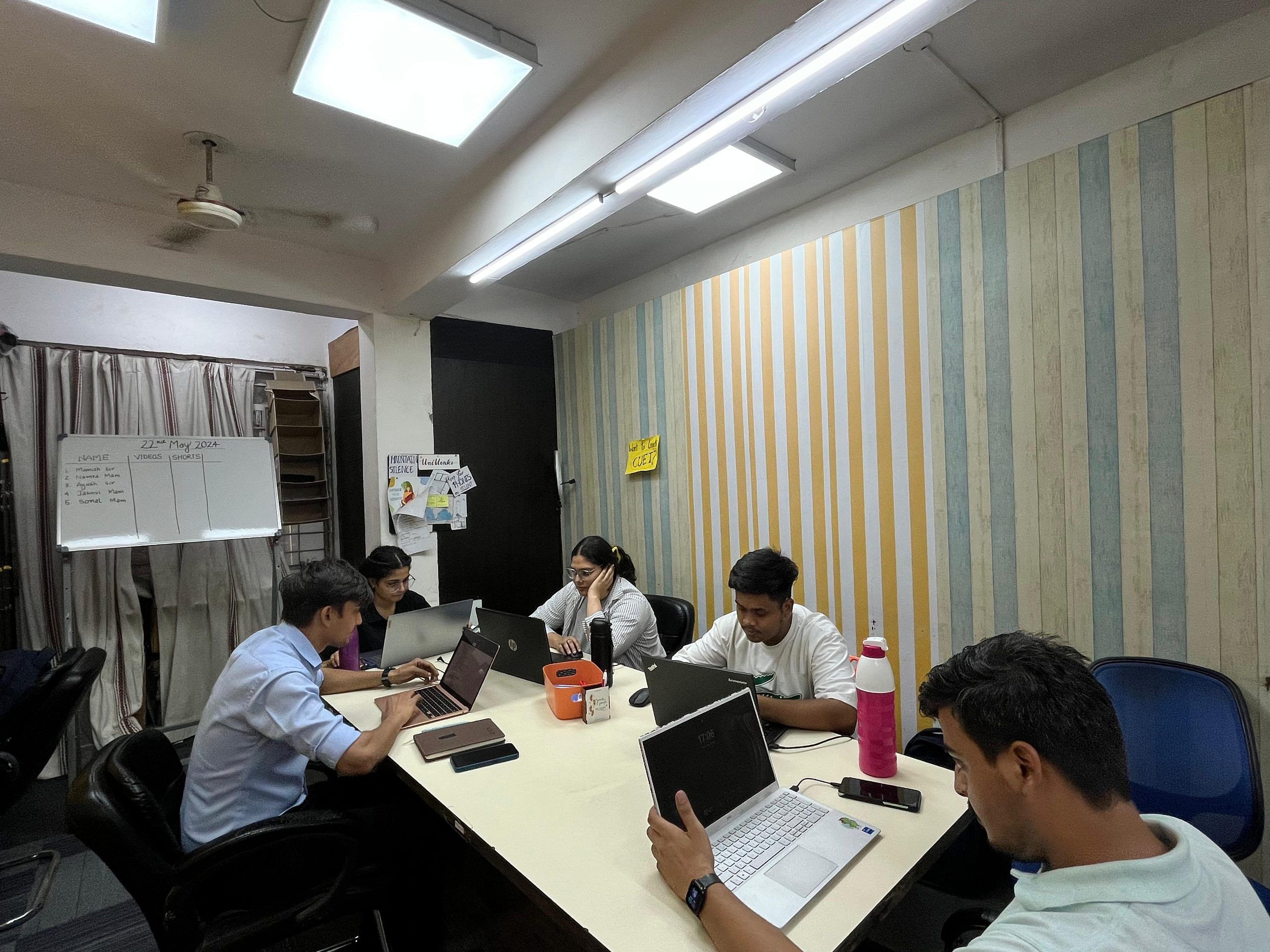
In just a month, students must transition from writing explanatory, subjective answers to solving multiple-choice questions (MCQs). Coaching centres focus on preparing students for this shift.
“This is a competitive exam. You don’t have to do everything in the paper. You need to attempt 50 out of 60 questions. But how do you choose which 50? We will teach you the skills,” Sharma explained.
An ecosystem ripe for coaching
Jerath’s family spent more than Rs 25,000 on four subjects for CUET. The General Test course – which tests general knowledge, current affairs, logic, and reasoning – cost Rs 9,500. The fees for each domain subject – a necessary combination to choose a major – were Rs 5,500 per subject. Jerath chose coaching in Accountancy, Mathematics, and Economics. It’s a price her family didn’t mind paying if it landed her a seat at a college in Delhi University’s north campus. To qualify, she had to score 780 out of 800 marks in CUET.
“We don’t have much knowledge about CUET. But we want her to get into a good college. So, we had to send her for coaching even though it meant an extra financial burden on our family,” said her mother Shallu. Her husband runs a printing press business, which provides for their family of four. The Jeraths didn’t look further when it came to their daughter’s CUET preparations. They went to their good old, reliable coaching centre – Anusha Own Academy or AOA.
Opening the CUET classes was the need of the hour. The CBSE marks do matter, but ultimately, it’s the CUET markets that get students admission to colleges
— Sahil Sachdeva, a faculty member and partner at Hassan Classes
“The academy owner’s daughter scored 100% in her CUET last year. So, we know which is the right coaching centre. We won’t be held back because of money,” Sallu said.
It was the place Jerath had been studying since Class 9. Even her elder brother, who now runs his business, had studied there. The exam is an evolved version of the Central Universities Common Entrance Test (CUCET), first conducted in 2010. And coaching institutes are still fine-tuning preparatory courses.
Hassan Classes, which has been offering coaching to Class 9-12 students since 1991, is one of the several coaching centres that branched out to give CUET coaching two years ago. It started offering CUET-specific classes in 2022 and soon launched a subsidiary brand, Agla Kadam, dedicated to the undergraduate entrance exam.
“Opening the CUET classes was the need of the hour. The CBSE marks do matter, but ultimately, it’s the CUET markets that get students admission to colleges,” said Sahil Sachdeva, a faculty member and partner at Hassan Classes.
However, compared to their regular academic classes, Sachdeva acknowledged that the intake for CUET “is quite low”. The last batch this year only had 45 students as compared to tutoring over 250 students of Class 12 from Commerce stream and over 100 each in Science and Humanities batches.
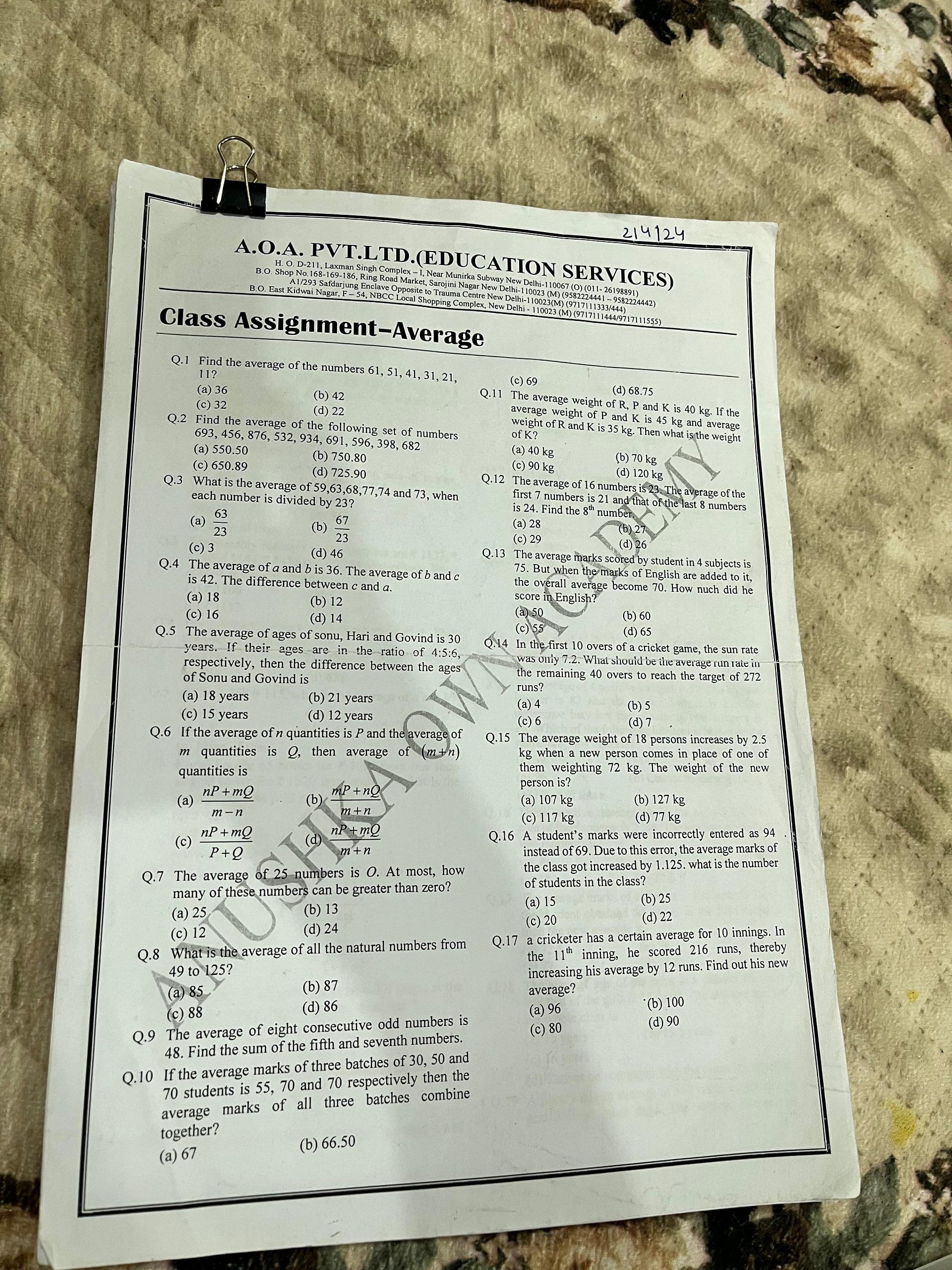
The lukewarm state of Hassan Classes’ CUET coaching division is mirrored in other institutes as well. At Delhi-based Unimonks – a centre exclusively dedicated to preparing students for this entrance exam – the numbers have been steadily increasing but are not robust. Having taught previously at UPSC coaching centre Chanakya as well as ed-tech platform Byjus’, co-founder Arvind Rao is certain that these are early days. It’s bound to flourish, he says. It’s a sunrise industry.
“Within 40 days, the students are exposed to a new exam whose curriculum they have not studied at the school level. So, NTA is forcing the student to go to the coaching institutes because the design is faulty,” said Rao.
Old players & crossovers
The CUET syllabus is a tricky ball game to crack. The difficulty level isn’t confined to studying. Filling up the CUET form is an equally complicated and confusing process. Helping students choose the right combination of subjects and colleges is part of the service that coaching centres offer. It’s study guidance and career counselling packed into one, similar to UPSC, NEET, and JEE coaching centres.
CUET stands at the crossroads of all the undergraduate entrance exams in the country. A door getting shut in medicine, engineering, or law often means a door opening for an undergraduate subject in commerce, science, or humanities. With a centralised entrance becoming mandatory, the CUET coaching industry has become an open field for anyone to establish dominance.
This prompted the ed-tech platform Physics Wallah to enter the CUET market nearly 18 months ago. Pratik Rajawet, who oversees the online platform’s undergraduate vertical, said it was a combination of demand from their existing students as well as the interest to deliver career guidance that resulted in them offering CUET coaching.
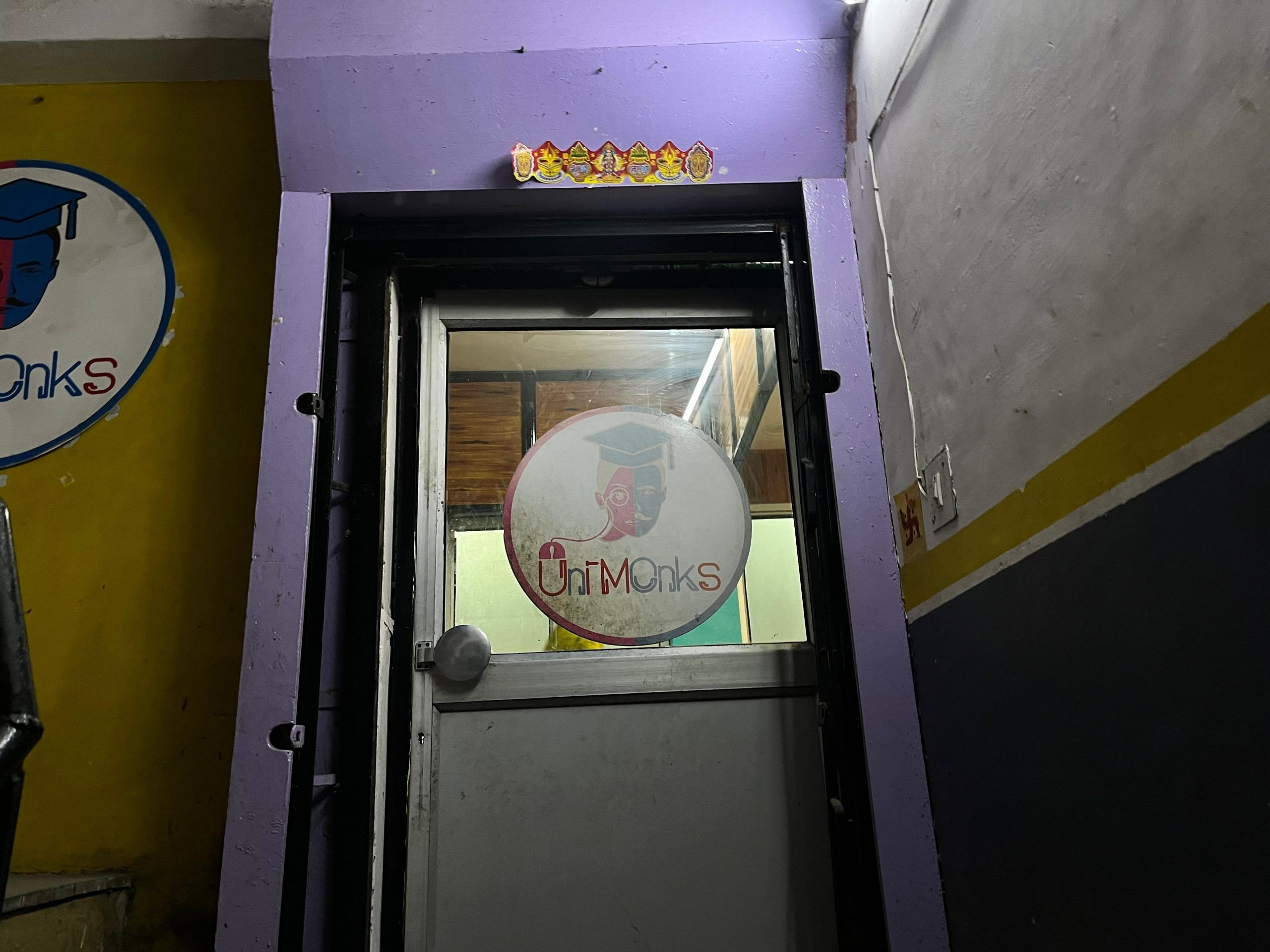
“We talk to students about their next choice if they don’t clear the competitive exams. We got to know about the CUET backup that was now open for students,” he said. This year, nearly 65,000 users enrolled for paid online classes offered by Physics Wallah, and around 4 lakh registered for its free courses.
In the physical realm, Vidhi Law Centre, known for preparing students for the Common Law Admission Test (CLAT), started a CUET preparatory course a year ago. They conduct classes at multiple centres across Delhi—Patel Nagar, Defence Colony, at the UPSC coaching hub of Mukherjee Nagar, among other neighbourhoods. Hassan Classes is one of the institutes that Vidhi Law Centre has tied up with for these CUET modules.
Within 40 days, the students are exposed to a new exam whose curriculum they have not studied at the school level. So, NTA is forcing the student to go to the coaching institutes because the design is faulty
— Arvind Rao, Unimonks co-founder
“Here, your tie-up with the universities is not as important as with the schools. In schools, career counselling sessions take place. From there, we will get admissions,” said Vidhi’s business development manager, Puneet Sharma, who understands the confidence and trust that students place in their schools and tuition centres.
He explained that while schools and tuition institutes can provide expertise in domain subjects, the General Test paper remains the prerogative of centres like Vidhi. It has also joined forces with the school system.
Once schools reopen after the summer break, Vidhi Law Centre will conduct seminars on CUET on campuses. But there are more strategies to capture the market, said Sharma, stressing the need to keep the coaching rates lower, at least in the initial days.
“Our fee structure is Rs 40,000 excluding GST for a year-long CUET course. The reason is we want to capture a larger market; we want to reach maximum students,” he said.
In the same lane in Mukherjee Nagar is Drishti IAS coaching. One of the big names in the UPSC coaching industry, Drishti has been cautiously dabbling in the CUET coaching sector since 2022. Three years in, their classes are confined to the online mode, for both English and Hindi lessons.
The market is not as big as the UPSC. The UPSC market and CUET market are totally different in terms of the paying capacity and the kind of gestation that takes place in UPSC. It’s the urban elite and middle-class demographic who have an understanding of Delhi University and north campus colleges who are going for coaching
— Arvind Rao, Unimonks co-founder
Rabmeet Kaur, vice president at Drishti IAS, who looks after the academics vertical, approached CUET as a “clean slate”. The institute had a “ready apparatus,” which made it easy for them to explore the new field.
“The kind of brand placement and goodwill we hold makes it easier for us to enter the market. People are not completely unaware of us. The trust factor translates here as well,” Kaur said.
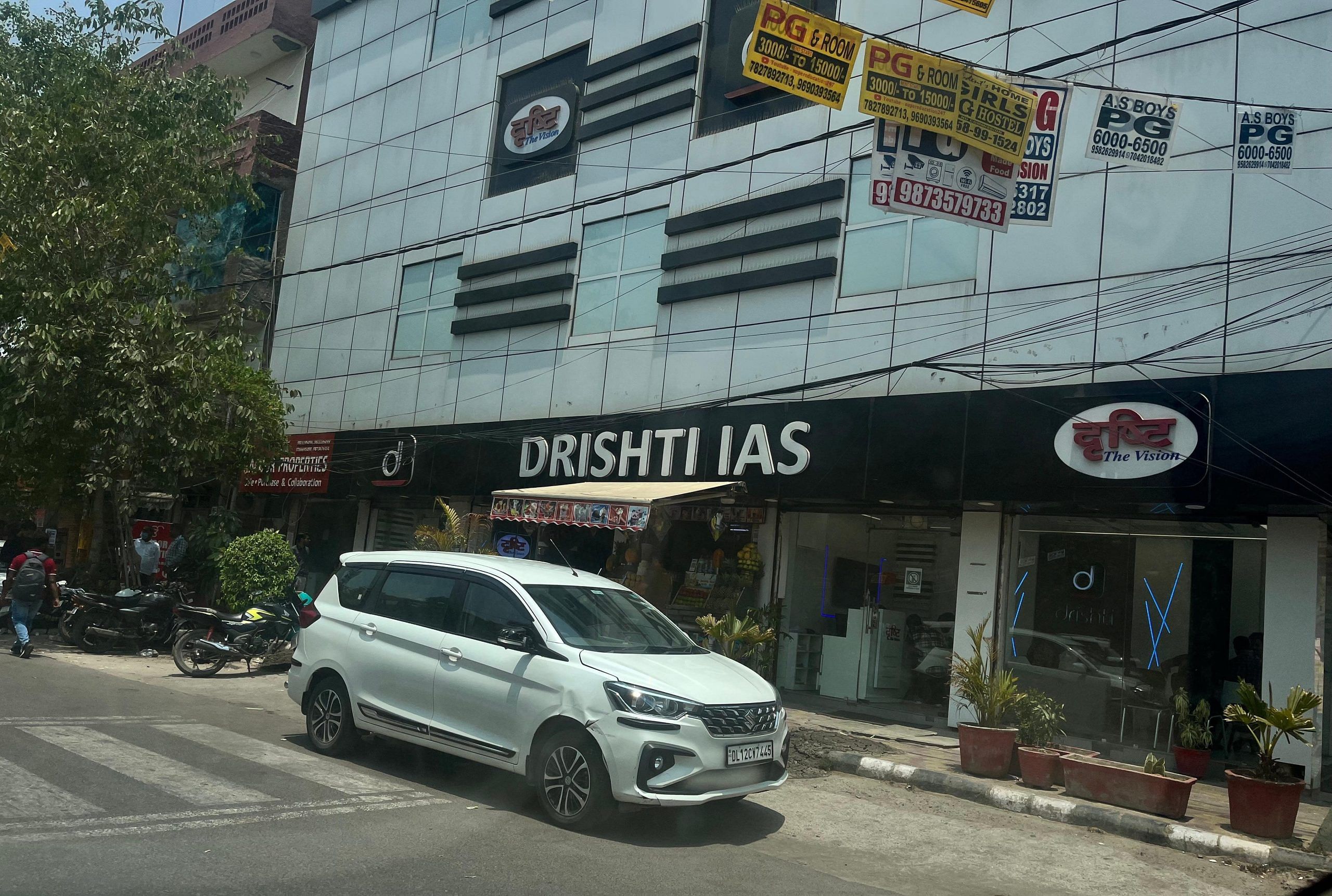
As CUET has progressed, Drishti is also streamlining its processes. Now, it is focused on getting “slightly more experienced people” as faculty. Kaur is certain that the “pool of teachers” specialising in this entrance has expanded in the last few years.
Drishti is planning various courses for the CUET aspirants for the next session – 3-month courses, a combo of domain subject and GT, or a test series during boards.
“The entire [CUET] system is evolving, and everyone is learning alongside. We are also refining ourselves. We hope to provide products that the students deserve,” said Kaur.
No time to chill – for students, parents
On a hot summer day in May, Jerath and her mother were inside their home in South Delhi’s Arjun Nagar. She had a fat stack of photocopied question papers for her upcoming English and General Test papers for CUET.
Shallu was anxious. Jerath was recuperating from a severe heat stroke after taking two CUET papers, which also included a visit to the hospital. The family had woken up by 5 am to reach the exam centre in Narela for the previous papers and returned home by 9 pm. They didn’t foresee these hurdles while lugging up for their CUET journey.
Jerath had scored 80% in her Class 12 boards, but she knew those scores meant nothing except making her eligible to take the CUET exam. While preparing for her final exam on 29 May, a sense of calmness radiated from her; she felt no trace of nervousness.
“I am not nervous because I know I have to take the exam,” she said, seated in her family drawing room. “You don’t have time to be nervous,” her mother chipped in.
The coaching industry is titled towards privileged students and heavily disadvantageous for students from marginalised, SC, ST and OBC communities and rural areas
— Arvind Rao, Unimonks co-founder
Shallu, 42, didn’t have the added stress of CUET when her son had taken the Class 12 board exams four years ago. But two years later, the murmurs of a new form of entrance exam began growing.
“We became sure CUET will be there by the time Prisha gives her 12th board exams, so we became alert. Previously, the students who wanted to go into the medical field took pressure in Class 11, but other students could be relatively relaxed,” Shallu, a homemaker, said. But CUET changed the course of their lives. “We were caught up for a year because of this.”
Classes at school, projects, and then relentless hours at the ‘cram school’—that was Jerath’s life for a year. Once the board exam ended, the final straight of CUET preparation began immediately. There was no time for rest.
The nascent years of CUET are turning out to be hard for students and parents alike. In the absence of a blueprint for preparation, many are being forced to turn to coaching centres.
“There are no [senior] students to guide us. So we had to go for coaching. It hardly leaves a student with time for self-study,” Shallu said.
Scope of CUET coaching market
The distinction between the roles of schools and coaching centres is clear to cram schools, which focus on preparing students for exams. Schools teach concepts while coaching centres teach how to clear an exam, Kaur succinctly explained.
Defending the proliferation of coaching centres, Kaur argued that teachers can either clear concepts or train for exams. “They can’t be doing both,” she said.
It’s the gap between explaining concepts and attempting questions related to them for the entrance exam that coaching institutes try to bridge, said Kaur.
Coaching institutes might be rushing to make their mark on the clean CUET slate, but the lopsided nature of the market didn’t escape the notice of Rao, Unimonks’ co-founder.
“The coaching industry is titled towards privileged students and heavily disadvantageous for students from marginalised, SC, ST and OBC communities and rural areas.” he said.
Rao opened his institute in 2022 in Munirka, the closest equivalent to Mukherjee Nagar in South Delhi. He heads a team of 15 faculty that provides coaching for the General Test, English, and several domain subjects of Commerce, Science, and Humanities. In the first year, the institute received 22 students, and the following year, over 50. This year, they have 120 students covered in two batches.

Rao, who has a PhD from JNU, is confident that the CUET coaching market is only going to expand. But he’s realistic about the prospects.
“The market is not as big as the UPSC. The UPSC market and CUET market are totally different in terms of the paying capacity and the kind of gestation that takes place in UPSC,” he said.
Rao, who was once a UPSC aspirant himself, summarised civil services coaching as a journey to achieve a dream that gives “power, authority, money and respect”. People are ready to invest “time and a huge amount of money in this segment”.
In contrast, Rao observed that students don’t want to drop a year in their academic life or spend so much money for CUET. Parents already complain about spending huge amounts of money for school fees, additional tuition, and so on.
“It’s the urban elite and middle-class demographic who have an understanding of Delhi University and north campus colleges who are going for coaching,” Rao said.
Vidhi Law Centre’s Puneet Sharma likened the potential of the CUET coaching industry to the SSC (Staff Selection Commission) market, where there are more students but the fees are less.
“If the fees are high, students won’t come because it’s not a professional degree,” he said.
Attempting to explain the chaotic coaching market landscape, Rao said there are technical exams like JEE to get into IITs, followed by job-oriented exams like UPSC and SSC, and then CLAT and CUET.
“The CUET exam has allowed for a merger of all these three segments. On the one side you have the Class 11-12 syllabus, but then you also need to prepare for aptitude tests and such, which are more in line with UPSC or SSC,” said Rao.
Inside one of the rooms at Unimonks’ office, six young teachers had their eyes trained on their laptops. If someone was part of the content team, another was part of the syllabus team.
One faculty member was tasked with going through the handbooks of various universities. They needed to be ready with answers during the counselling and doubt-clarification sessions with both students and parents. In the previous batches, they had students not just from Delhi but from all across the country, both in their online as well as offline courses.
“Filing the form is very exhausting. There is so much area that one needs to cover for selecting the right courses and colleges,” said one of the faculty members.
Asther Sirola took the CUET exam last year and landed a seat in Political Science (Honours) at Delhi University’s Jesus and Mary College. She didn’t take coaching for the exam and prepared for the entrance by following a few YouTube channels.
None of her 40 classmates from a Delhi government school took coaching either. The 19-year-old said more than scoring well in the exam, the focus should be on getting the college priority right while filling out the form.
“I had friends who scored above 790 and still didn’t get north campus colleges. The game is about making smart choices,” she said.
(Edited by Prashant)



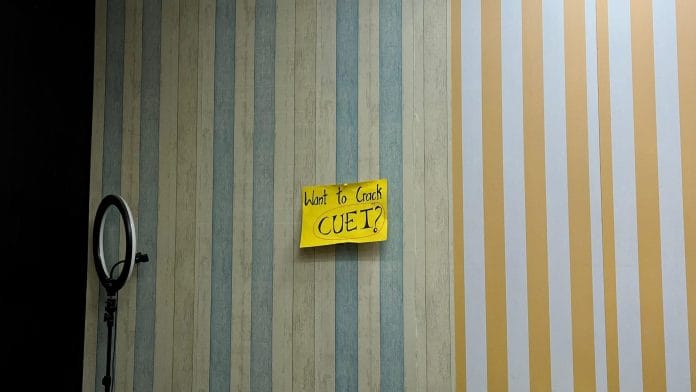



All these coaching institutes are filtering mechanism beneficiaries veiled as training and knowledge imparting institutions. All of these exist because our school curriculum is designed for enlightenment, not empowerment. For the last 2-3 decades, ALL schools have become nothing but time pass institutions and “good”schools just gardens of this english speaking culture for middle class students.